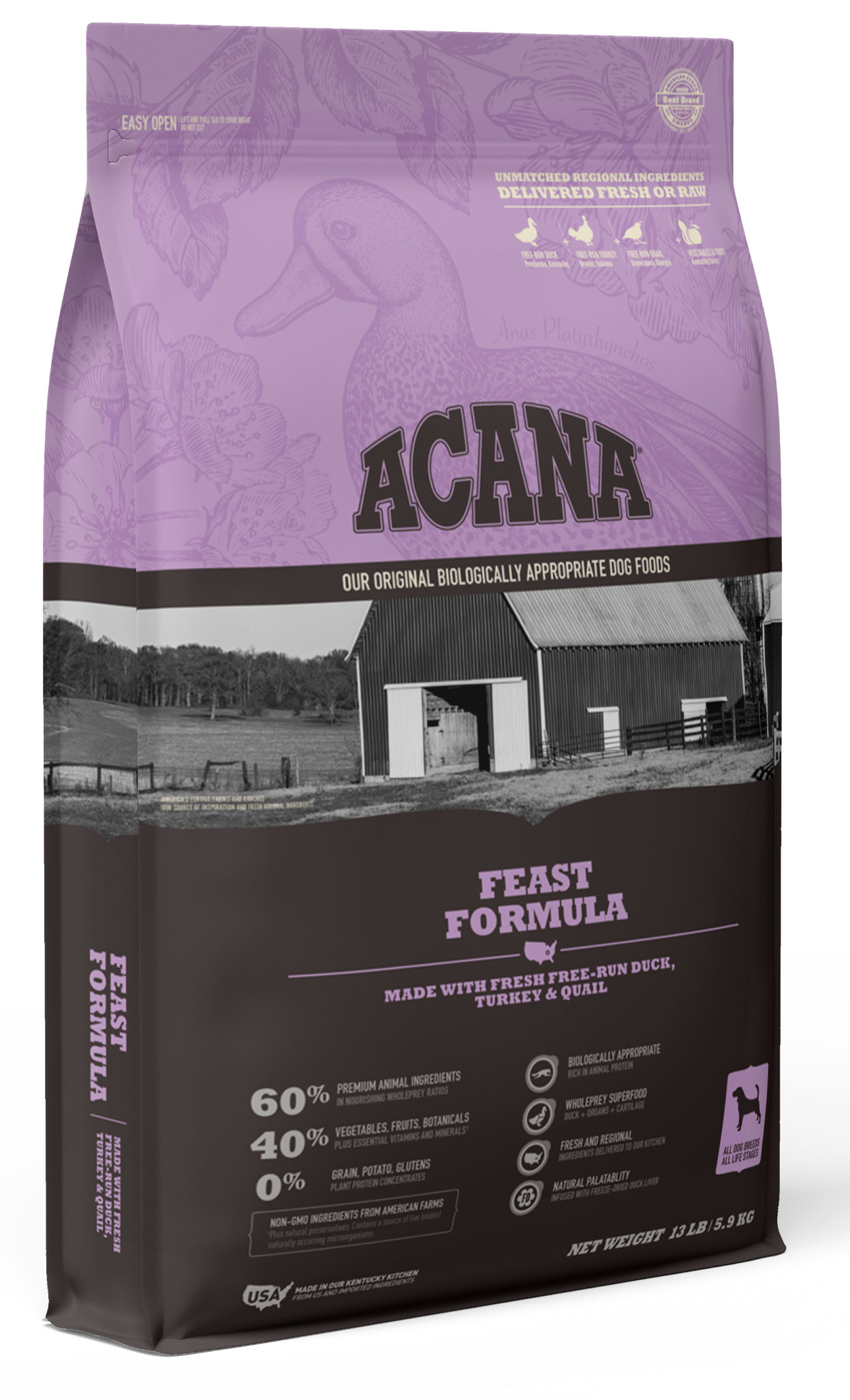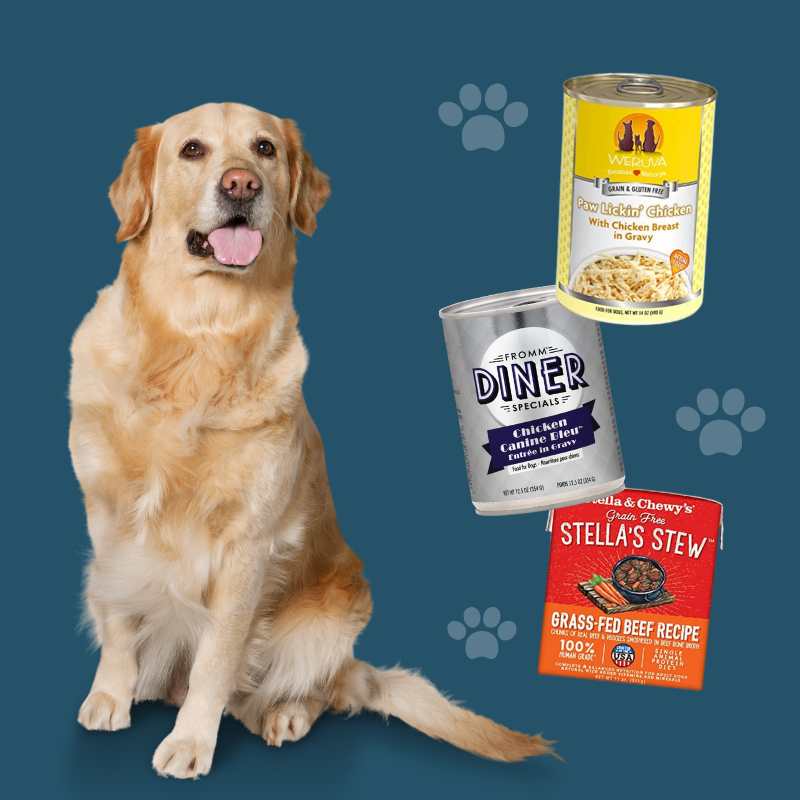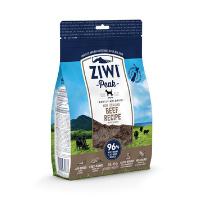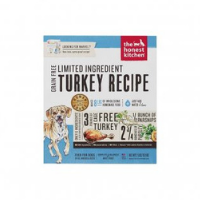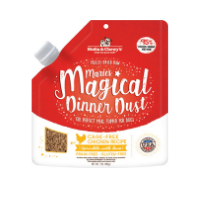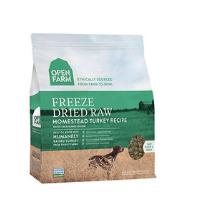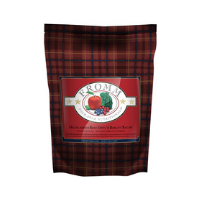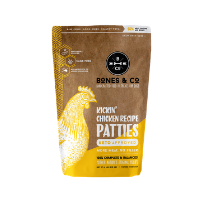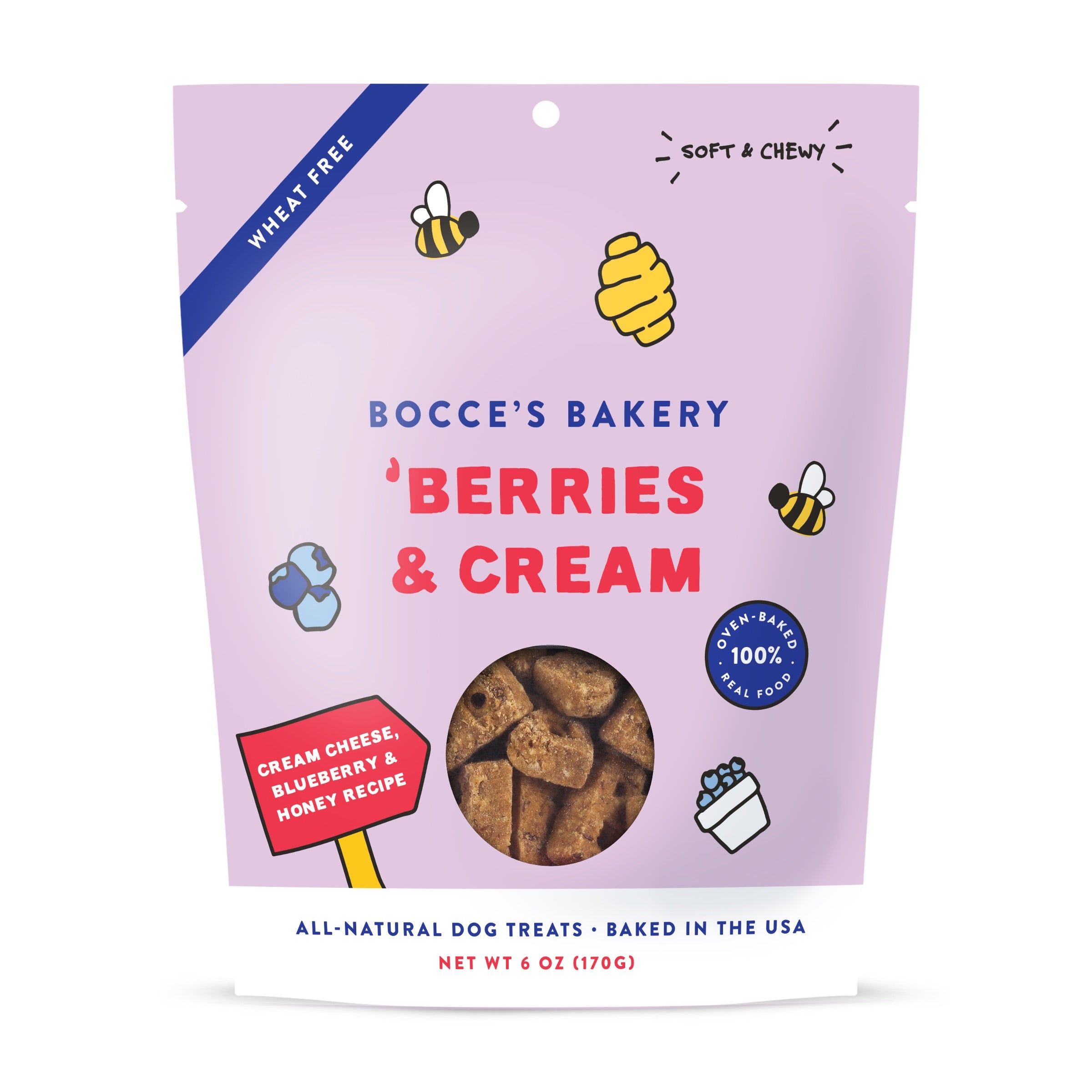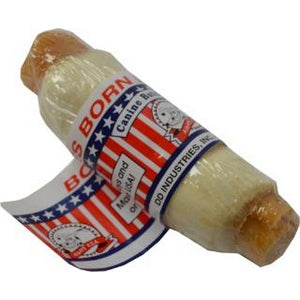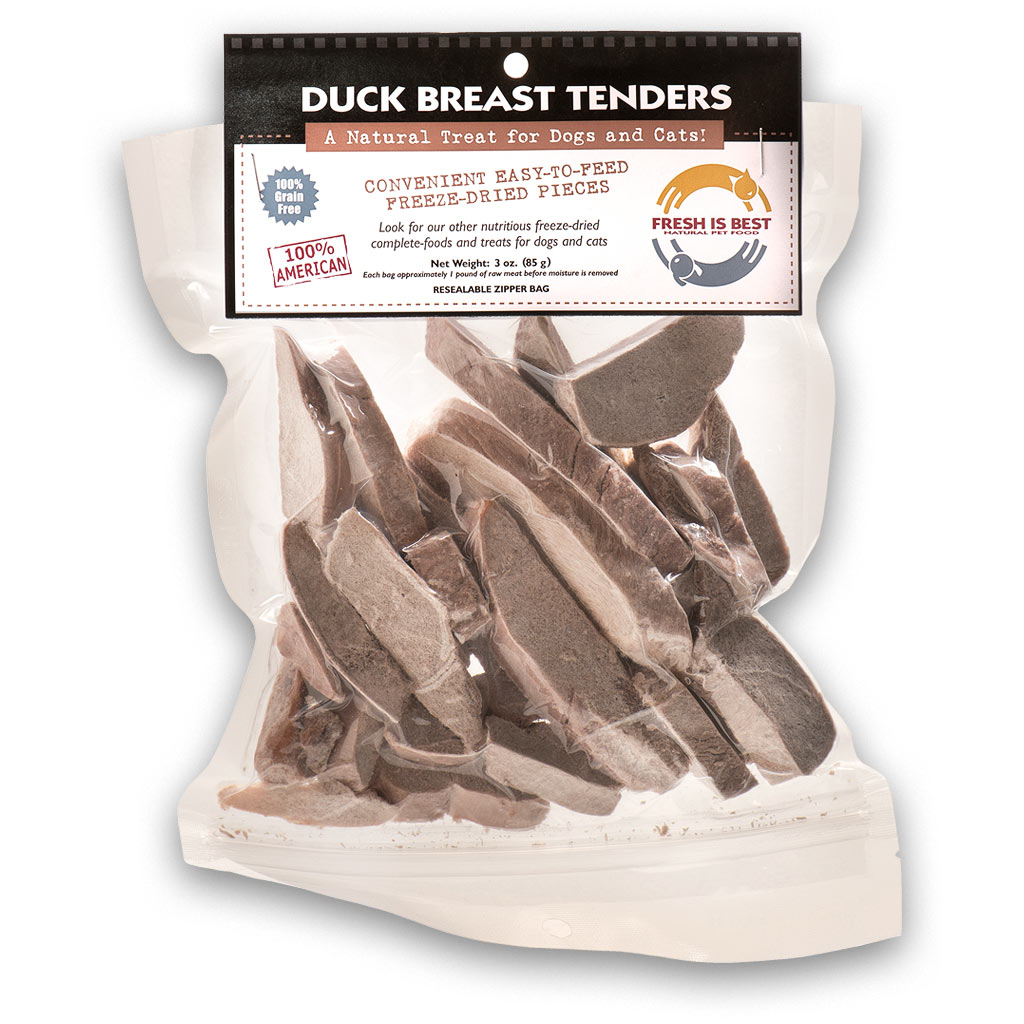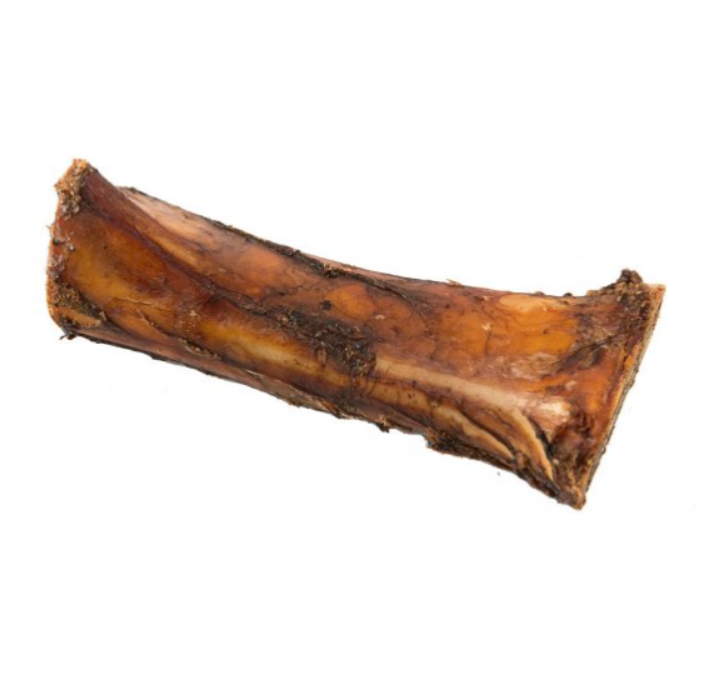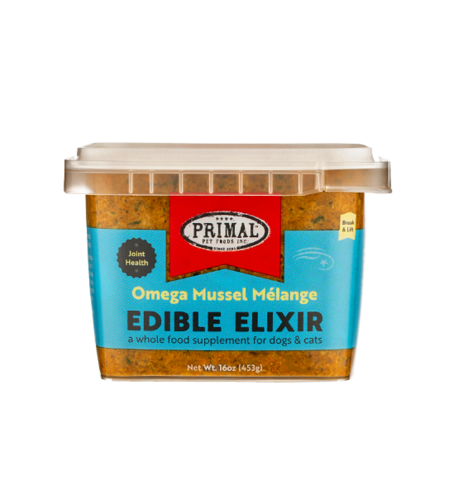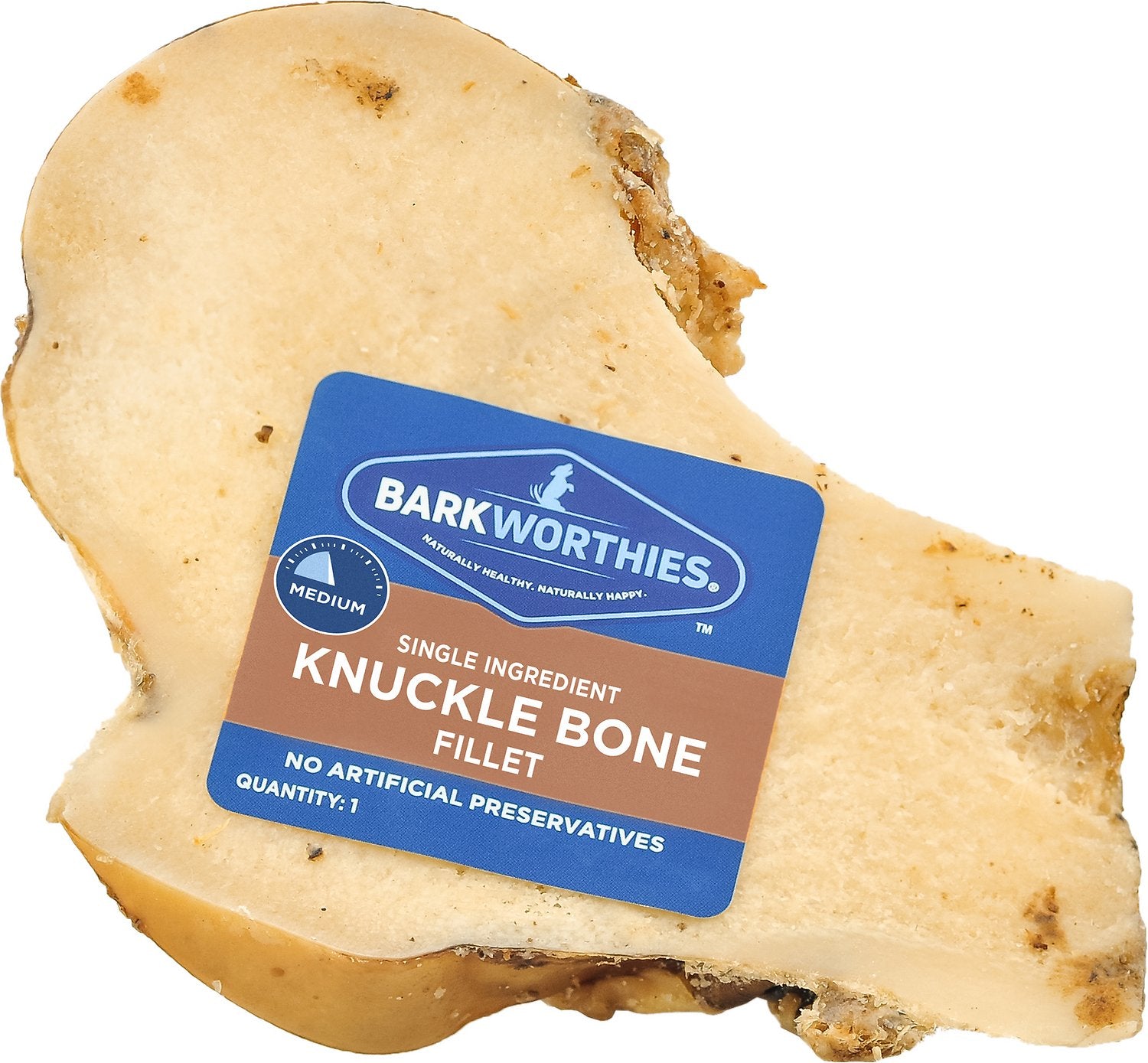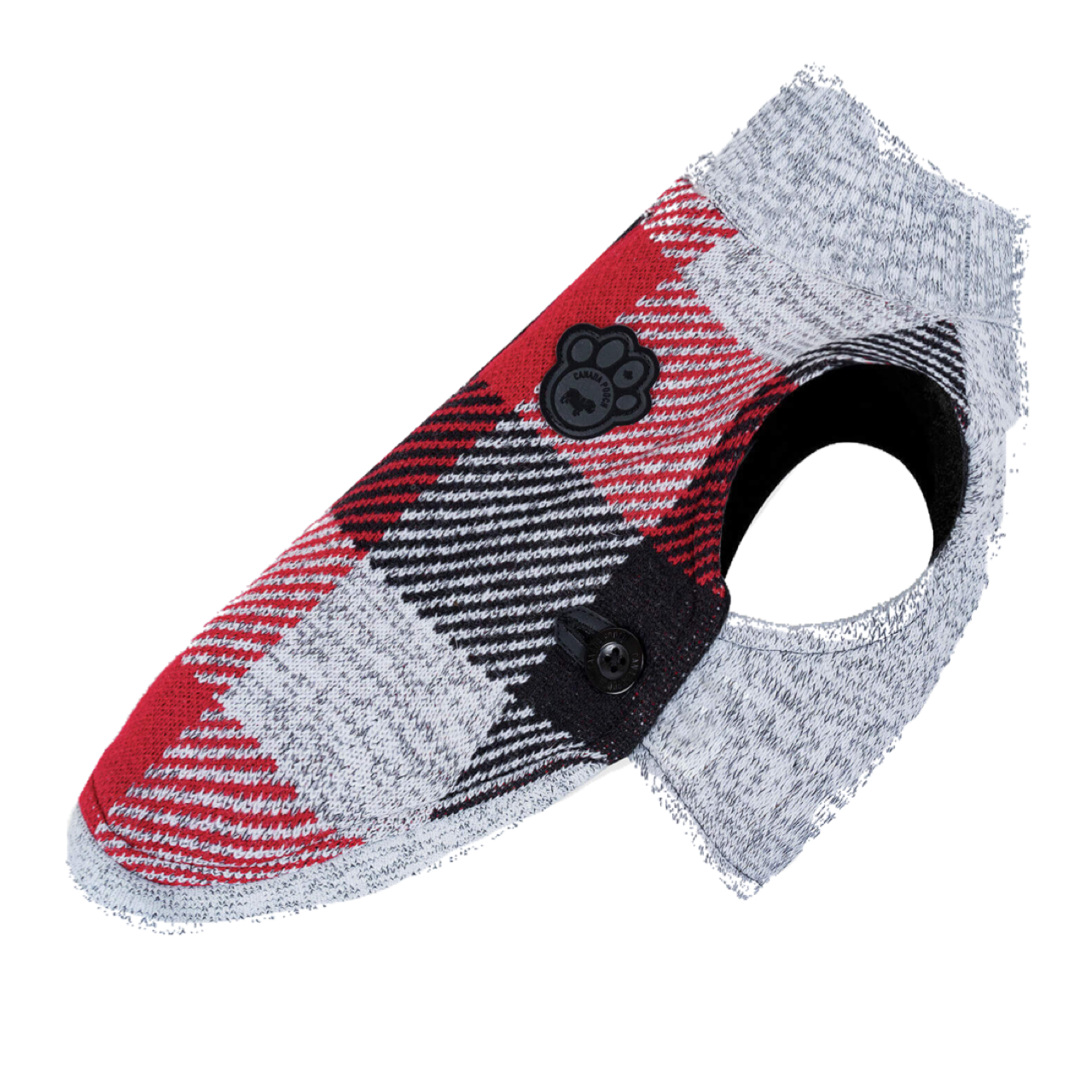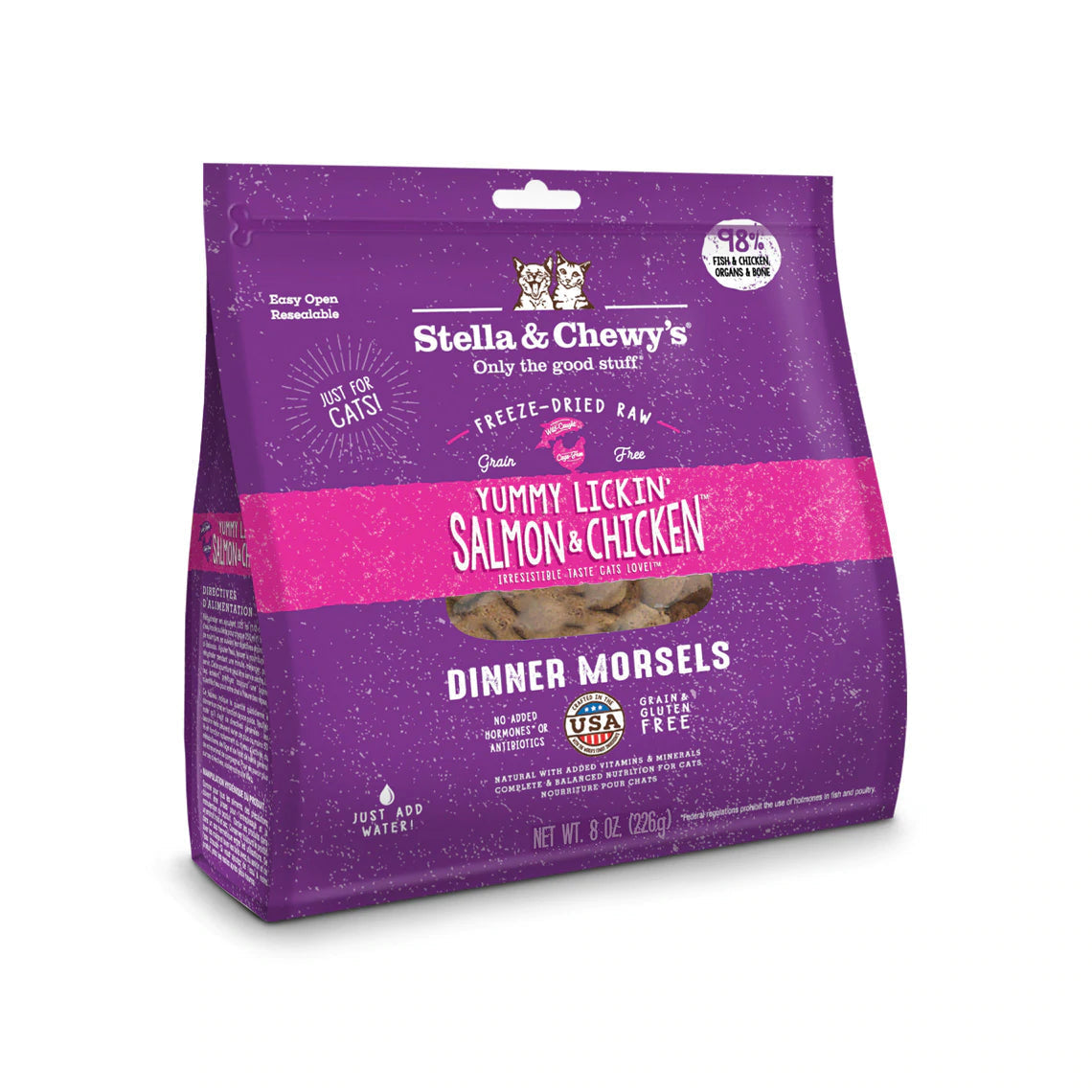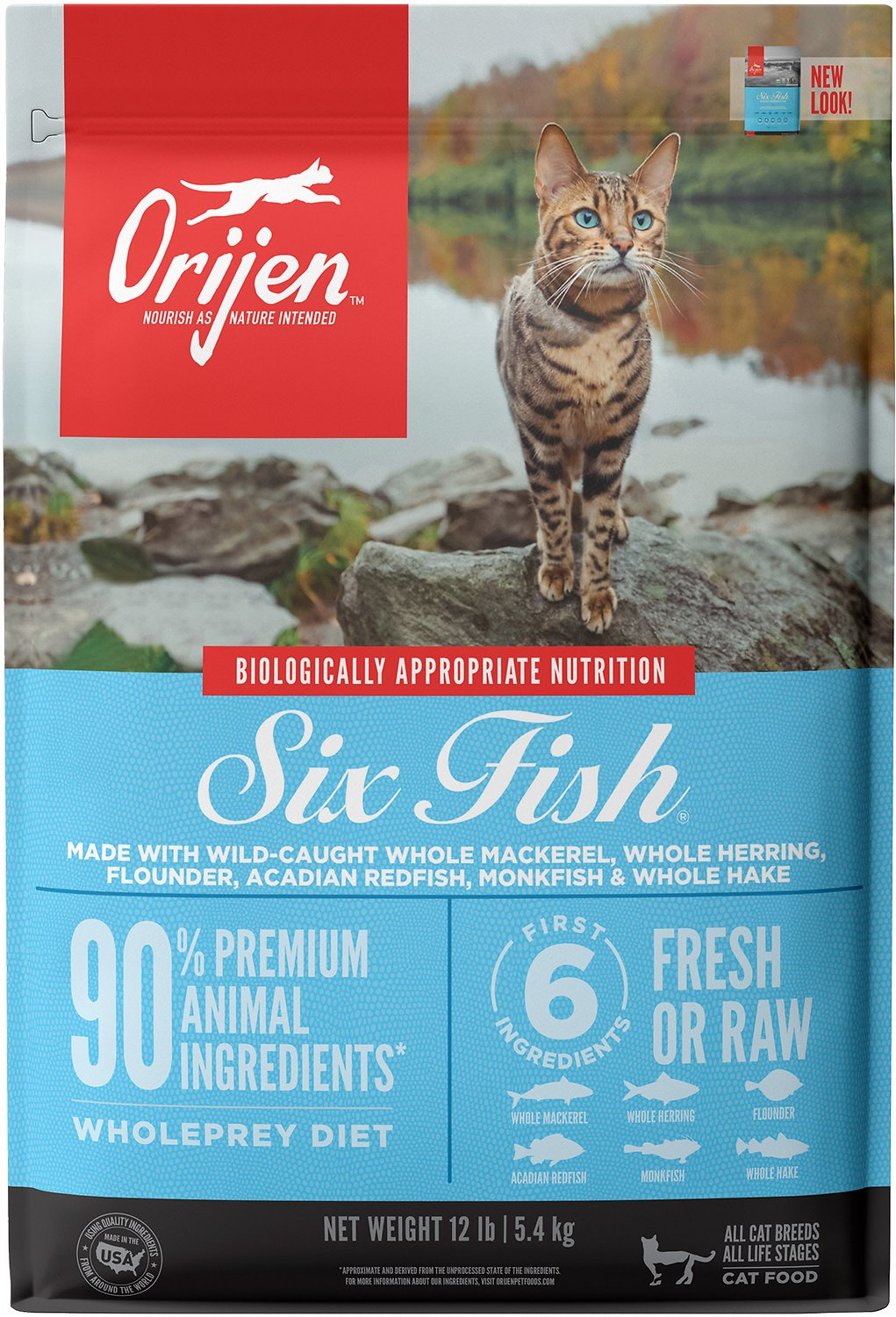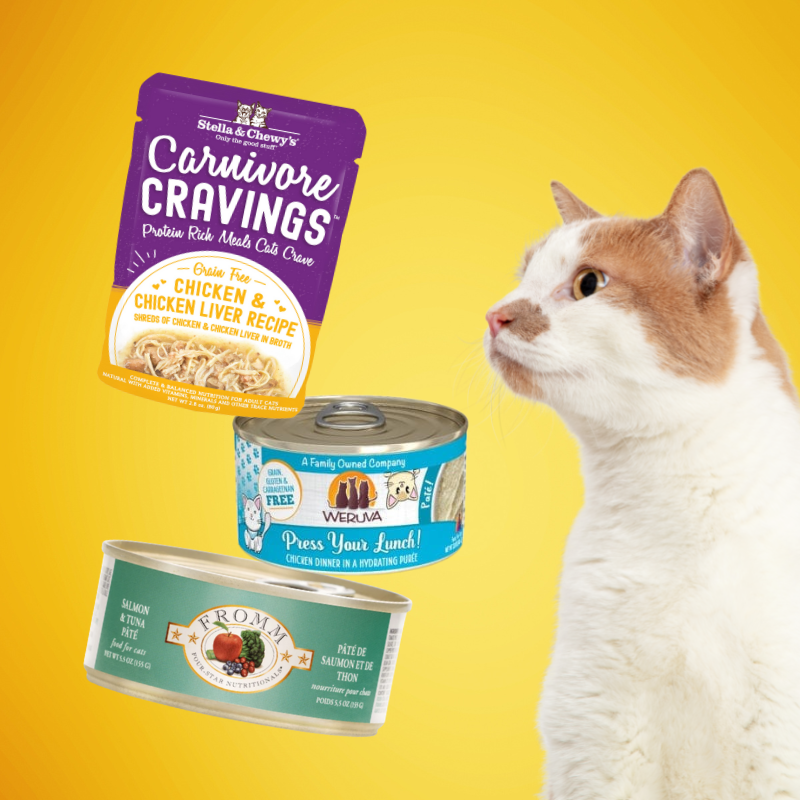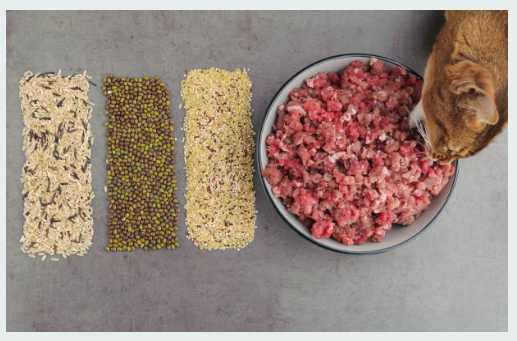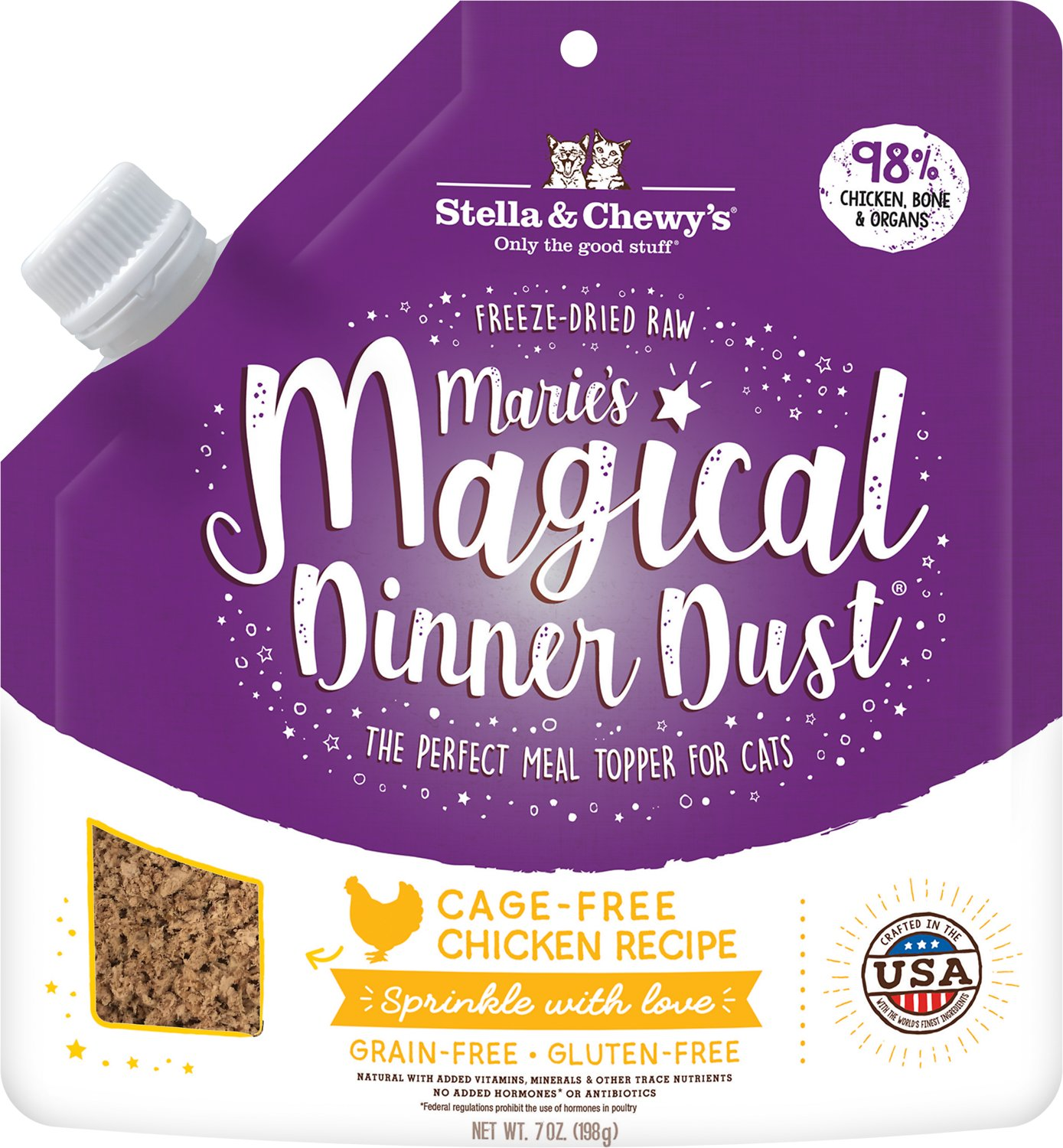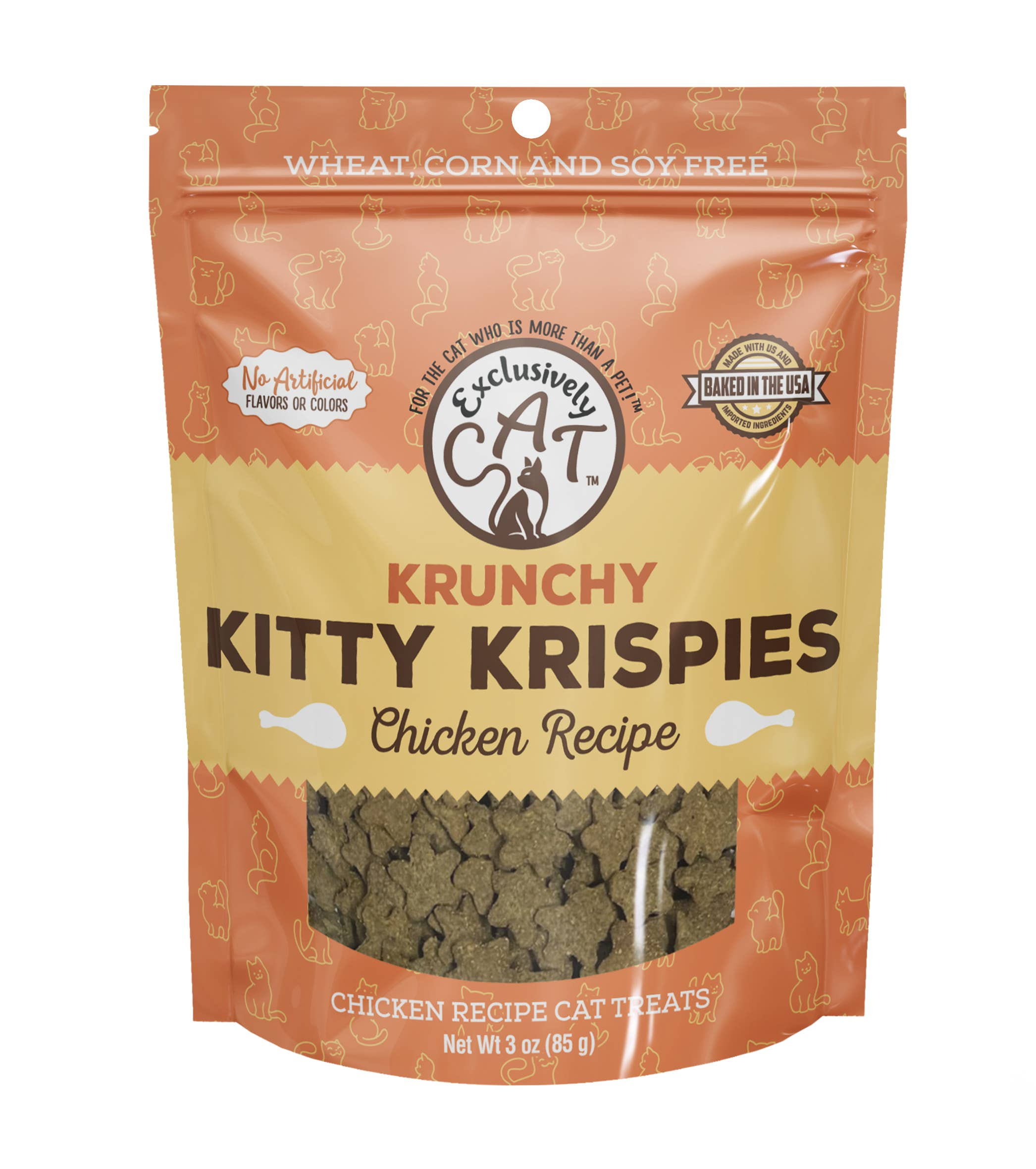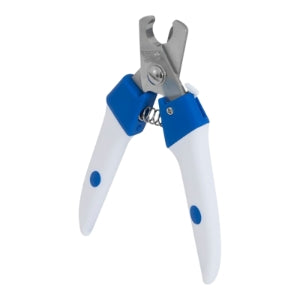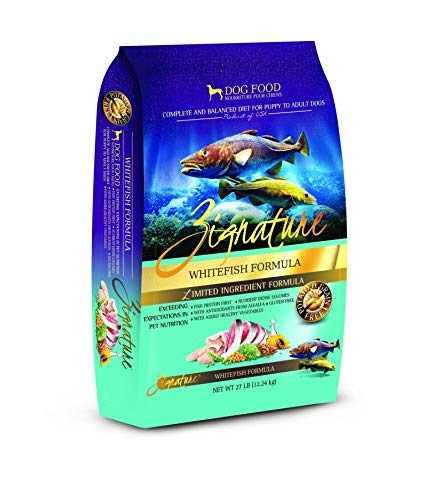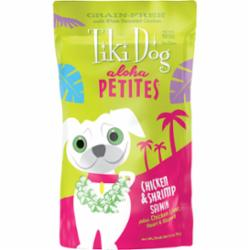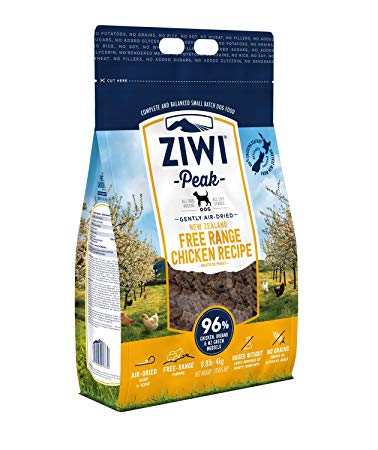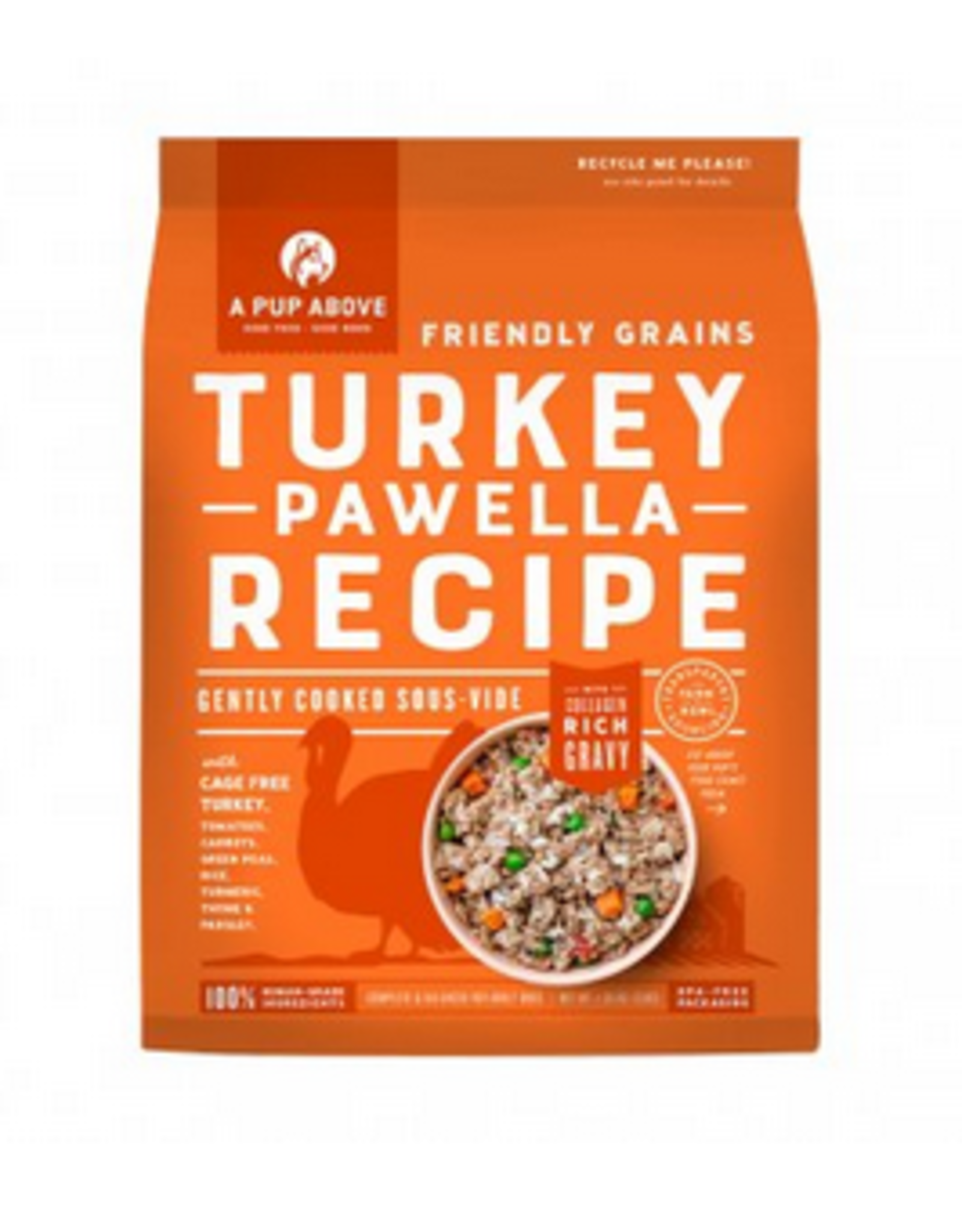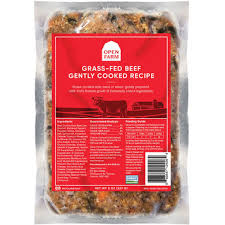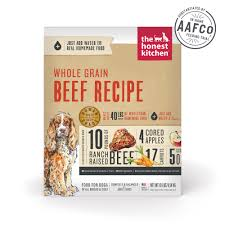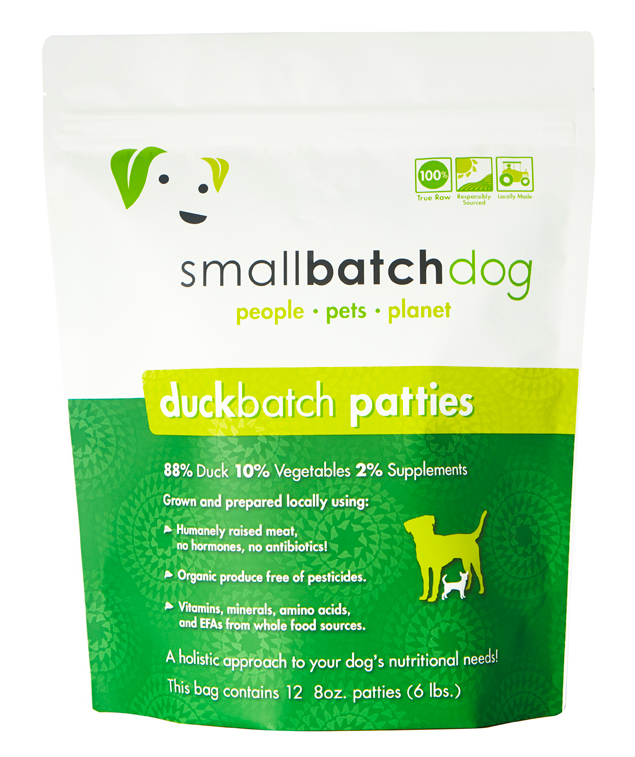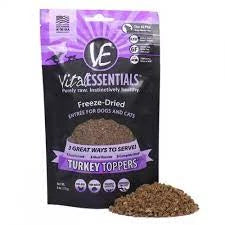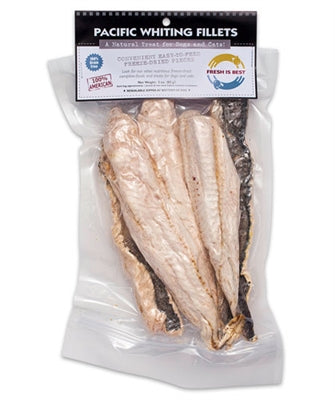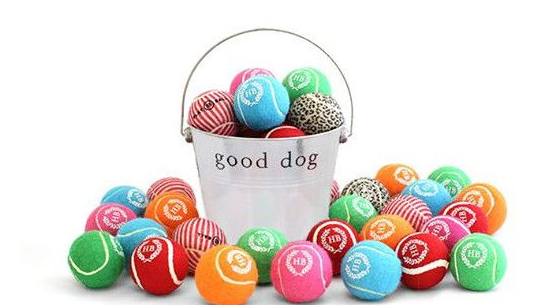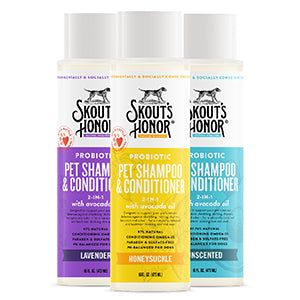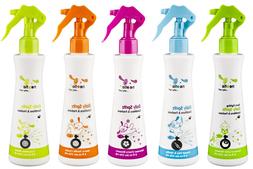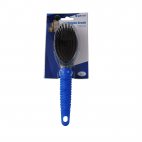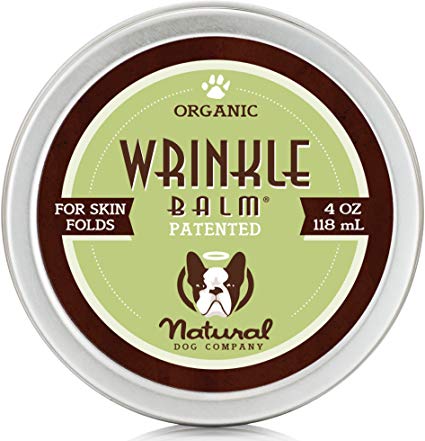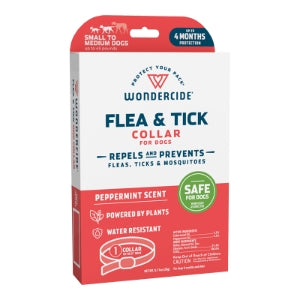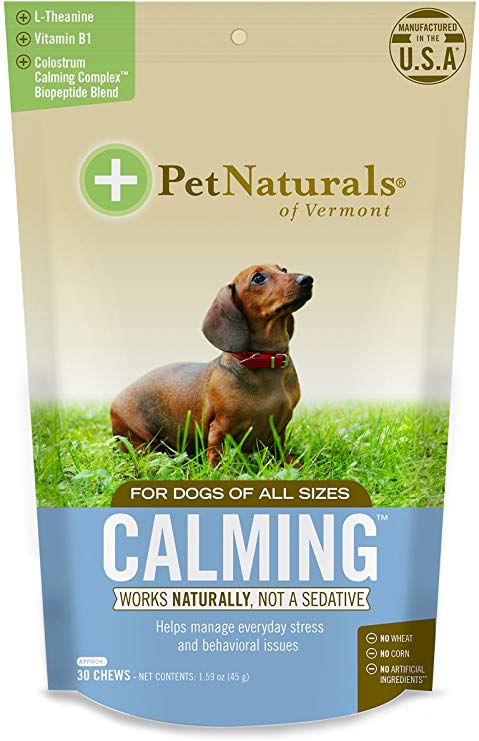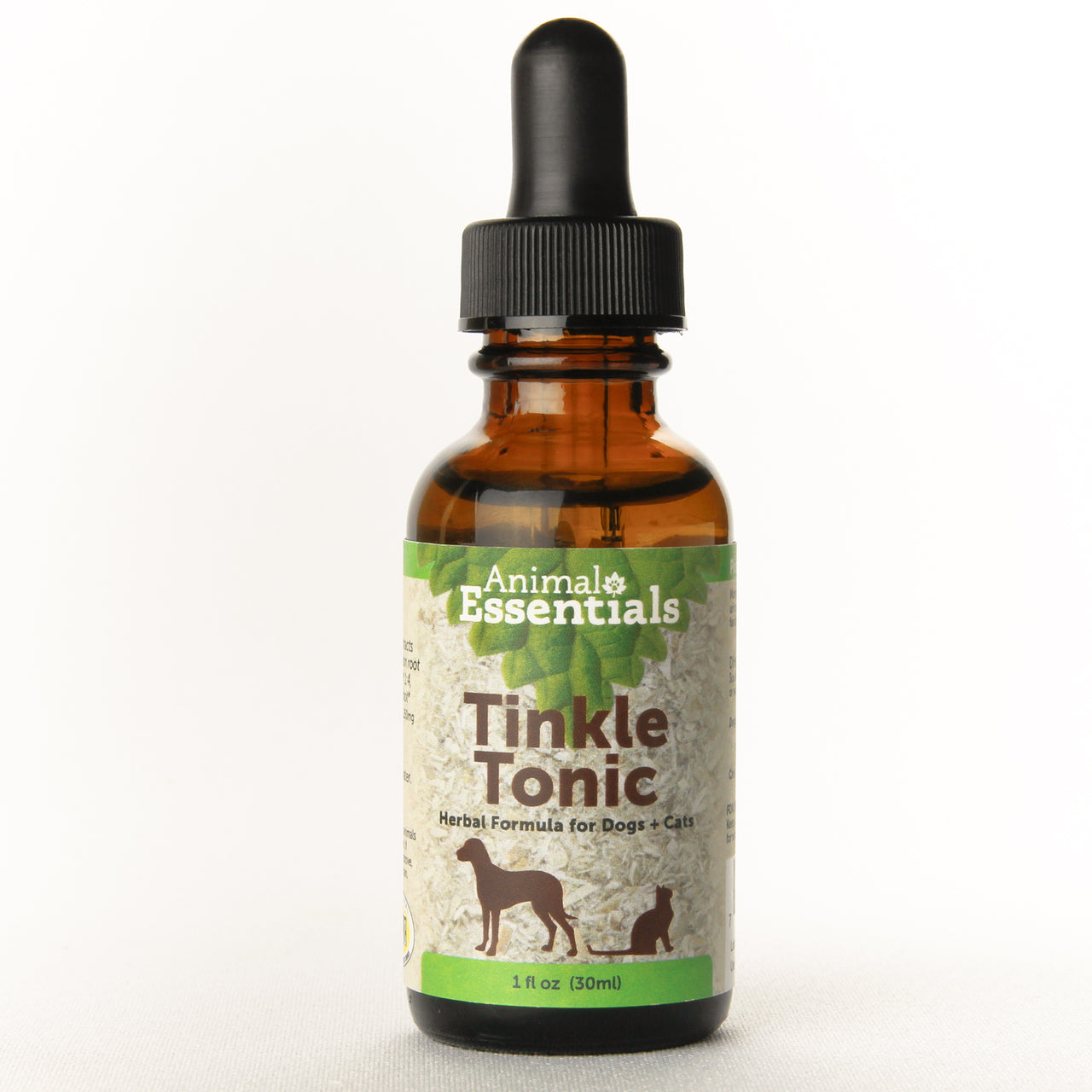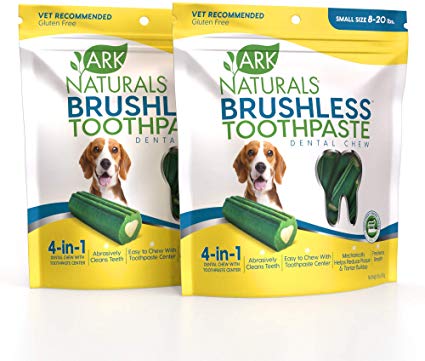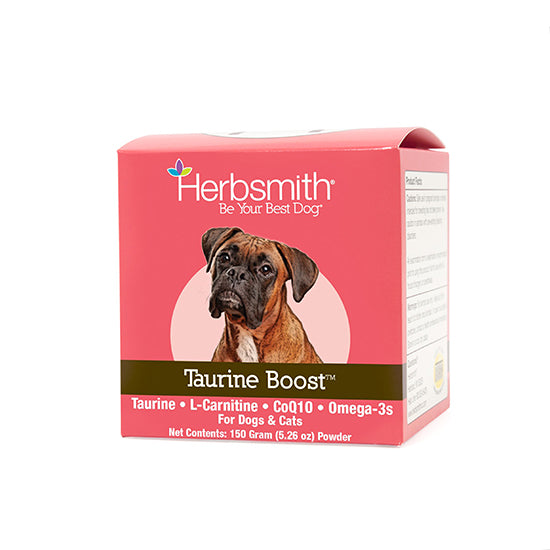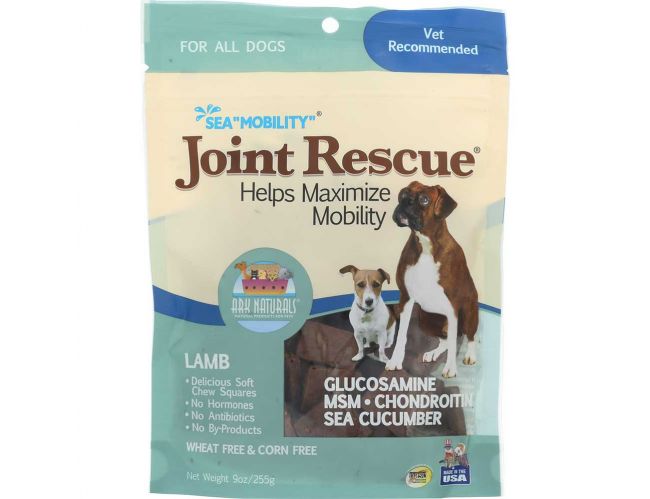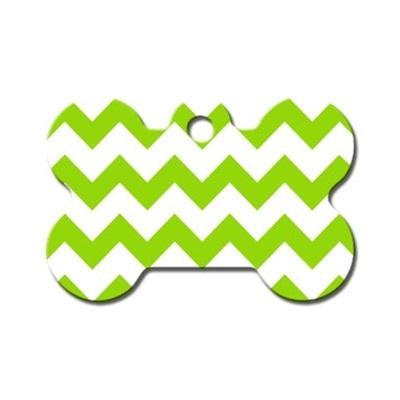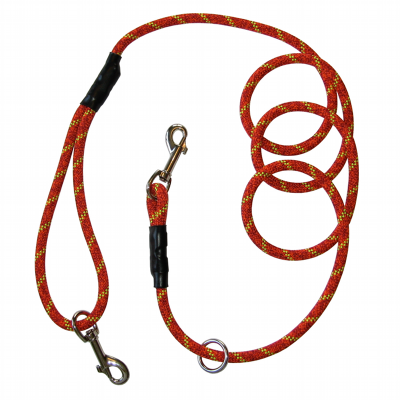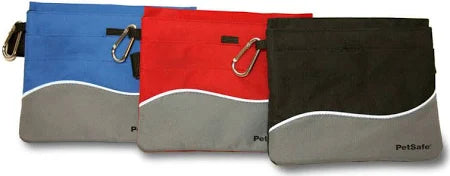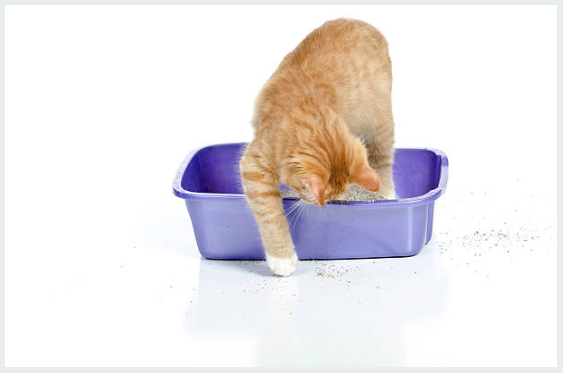Frequently Asked Questions
1. Why is it important to read pet food labels?
2. What should I look for in the ingredients list of pet food?
3. What is a nutritional adequacy statement?
4. What common ingredients should I be cautious of in pet food?
5. How do age and breed affect my pet's food choices?
When it comes to choosing the right food for your furry friends, understanding pet food labels and ingredients is crucial. As a responsible pet owner, you want to ensure that your pet receives the best nutrition possible to support their health and well-being. However, the world of pet food can sometimes be confusing due to complex labels and marketing jargon. In this comprehensive guide, we will explore the key components of pet food labels, how to interpret the ingredients, and what to look for when selecting the best food for your pet.
The Importance of Reading Pet Food Labels
Pet food labels are your first line of defense in understanding what goes into your pet's food. By reading labels carefully, you can make informed decisions that affect your pet's health and longevity. Here are a few reasons why it's essential to pay close attention to pet food labels:
- Ingredient Quality: Not all ingredients are created equal, and high-quality ingredients can have a significant impact on your pet's health.
- Nutritional Value: Understanding the nutritional value of a pet food product can help you ensure your pet is getting a balanced diet.
- Avoiding Allergens: Knowing what’s in the food allows you to avoid ingredients that may cause allergies or sensitivities.
- Claims and Marketing: Being able to decipher marketing claims can help you see through false advertisements.
Key Components of Pet Food Labels
Pet food labels typically consist of several important sections, each serving a specific purpose. Let's break down these components:
Product Name
The product name often gives you a hint about the food's main ingredients or its purpose. However, watch out for terms that may imply higher-quality ingredients without any real substance. For instance, "Beef Flavor" might sound appealing, but it may not contain any significant beef content.
Guaranteed Analysis
The guaranteed analysis section provides information about the minimum and maximum percentages of certain nutrients in the food. This typically includes:
- Crude Protein: Indicates the minimum protein content.
- Crude Fat: Indicates the minimum fat content.
- Crude Fiber: Indicates the maximum fiber content.
- Moisture: Indicates the maximum moisture content.
This information can help you evaluate whether the food meets your pet's nutritional needs.
Ingredients List
The ingredients list is one of the most important aspects of a pet food label. Ingredients are typically listed in descending order by weight, meaning the first ingredient makes up the most significant portion of the food. Here are some key points to consider when reviewing the ingredients:
- Animal Proteins: Look for high-quality sources of animal protein as the first ingredient. Whole meats like "chicken," "beef," or "salmon" are preferable.
- Whole Grains vs. By-products: Consider whether the food contains whole grains (like brown rice or oats) or by-products. Whole grains can provide valuable nutrients.
- Preservatives: Avoid foods with artificial preservatives, colors, or flavors. Opt for natural preservatives, like tocopherols (vitamin E).
- Fruits and Vegetables: Recognizable fruits and vegetables can be a sign of a higher-quality food.
Nutritional Adequacy Statements
Some pet foods include a nutritional adequacy statement that indicates the product meets the standards set by the Association of American Feed Control Officials (AAFCO). This statement typically mentions whether the food is suitable for a particular life stage (e.g., growth, adult maintenance). Be sure to look for this statement as a confirmation of the food's adequacy.
Common Ingredients to Watch For
Not all ingredients are beneficial for your pet. Here’s a list of some common ingredients to be cautious of:
Fillers
Fillers are ingredients that provide little to no nutritional value. Common fillers include corn and soy, which may not be as beneficial as high-quality protein sources.
By-products
Animal by-products can be a vague term that covers various parts of animals that aren't classified as meat. While some by-products can provide nutrition, they vary widely in quality.
Sugar and Salt
Some pet foods may contain added sugars or excessive salt for flavor. These ingredients can lead to health issues, including obesity and high blood pressure in pets.
Understanding Pet Food Certifications
Certifications on pet food packages can provide extra reassurance regarding the quality and safety of the food. Here are some prominent certifications to look out for:
- AAFCO: A seal indicating compliance with standards set for pet food in the United States.
- USDA Organic: Certifies that the food meets organic standards.
- NSF International: Confirms that the food has met strict safety and quality standards.
Reading Between the Lines: Marketing Claims
Pet food marketing can be misleading, with terms like “premium,” “natural,” and “holistic” often used without clear definitions. Here’s a rundown of common claims and what they can mean:
Natural
While "natural" implies a healthier option, it can often be misleading. The FDA doesn't have a strict definition for this term in pet food, so it's essential to read the ingredient list.
Grain-Free
Grain-free diets are popular among some pet owners, especially for pets with allergies. However, it's essential to ensure that your pet's diet remains balanced and nutritious even without grains.
Human-Grade
This label suggests that the food meets the same standards as human food. However, not all brands can back this claim due to regulatory gaps, so it's essential to research each product further.
The Role of Age and Breed in Choosing Pet Food
Every pet is unique, and their dietary needs fluctuate according to factors like age, breed, activity level, and health conditions. Here's how you can align the pet food selection process:
Puppies and Kittens
Young pets need calorie-dense food containing the right balance of protein, fats, and essential vitamins for growth. Look for specially formulated puppy or kitten food labeled for their specific age group.
Adult Pets
Adult pets generally require maintenance diets that balance proteins and fats to maintain a healthy weight. Choose food that specifies it is suitable for adults.
Senior Pets
As pets age, their nutritional needs can change. Senior pet foods often contain lower calories, adjusted fat content, and added joint-supporting nutrients like glucosamine.
Consulting with Your Veterinarian
While understanding food labels is vital, it's also important to remember that no one knows your pet better than you and your veterinarian. If you have specific questions or concerns about your pet's diet, don't hesitate to consult your vet for personalized recommendations.
Embrace Your Pet’s Nutrition Journey!
In the world of pet food, knowledge is power. Understanding pet food labels and ingredients will empower you to make the best choices for your beloved pets. As you take the time to read labels and research ingredients, you can feel confident that you are providing your furry family member with the nutrition they deserve. Remember, healthy pets lead to happy lives, so choose wisely and enjoy the journey!
Take a moment to explore another user's Shopify or Wix store. Visit their store through this link. Please be aware that this is a promotional link, and we cannot be held responsible for the content of the linked store.


